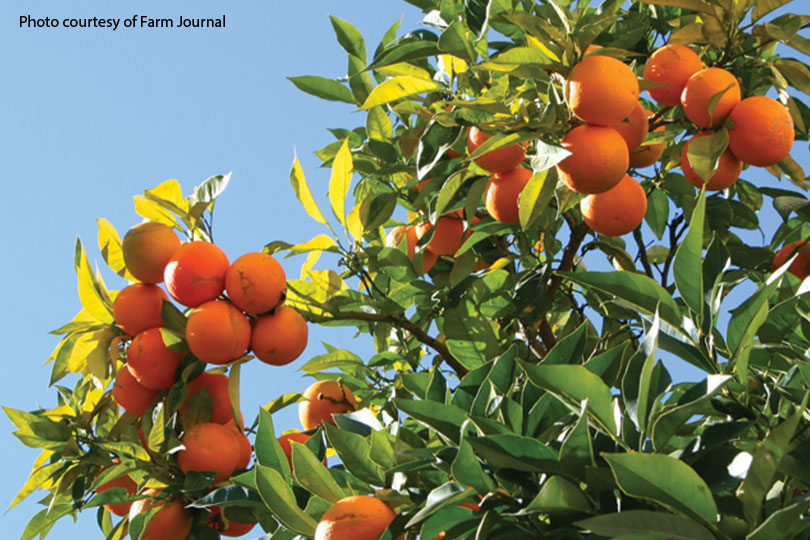Last month, Hurricane Irma dropped as much as 17 inches of rain on citrus growing areas of Florida in a 24-hour period, according to Bloomberg.
The latest report from U.S. Department of Agriculture estimates orange production will plunge 21 percent to a 71-year low in Florida, the largest U.S. citrus producer. The agency said growers will harvest 54 million boxes in the 2017-18 marketing year.
Florida Citrus Mutual disputes USDA’s Florida orange crop estimates and said the federal government should have delayed the forecast, because it’s still too early to tell how hard the industry was hit.
The group said production would be closer to 31 million boxes of oranges—a 55 percent drop from last season.
“Irma hit us just a month ago and although we respect the skill and professionalism of the USDA, there is no way they can put out a reliable number in that short time period,” Michael W. Sparks, CEO of Florida Citrus Mutual, said.
Groves are still under water in southwest Florida and state lawmakers are calling for immediate federal aid for growers, according to Florida Agriculture Commission Adam Putnam.
The state’s vegetable and poinsettia crop also took a hit.
Putnam and Florida farmers told the state Senate Agriculture Committee that the storm damaged crops of all kinds.
Avocados, sugar, strawberries, cotton and tomato crops were affected. Irma also impacted timber, milk production, lobster and stone crab fishing.
“The fresh winter vegetables that are on people’s Thanksgiving tables won’t be there this year because of Hurricane Irma,” Putnam said. “The losses are staggering. In many cases, the tale of those losses will be multiple years…This is more than just damage contained in just one crop year.”
The impact the storm will have on prices is still unknown. But Putnam said he expects prices to rise going into the holiday season. Foreign fruit flooding into the market could also hurt Florida growers.

